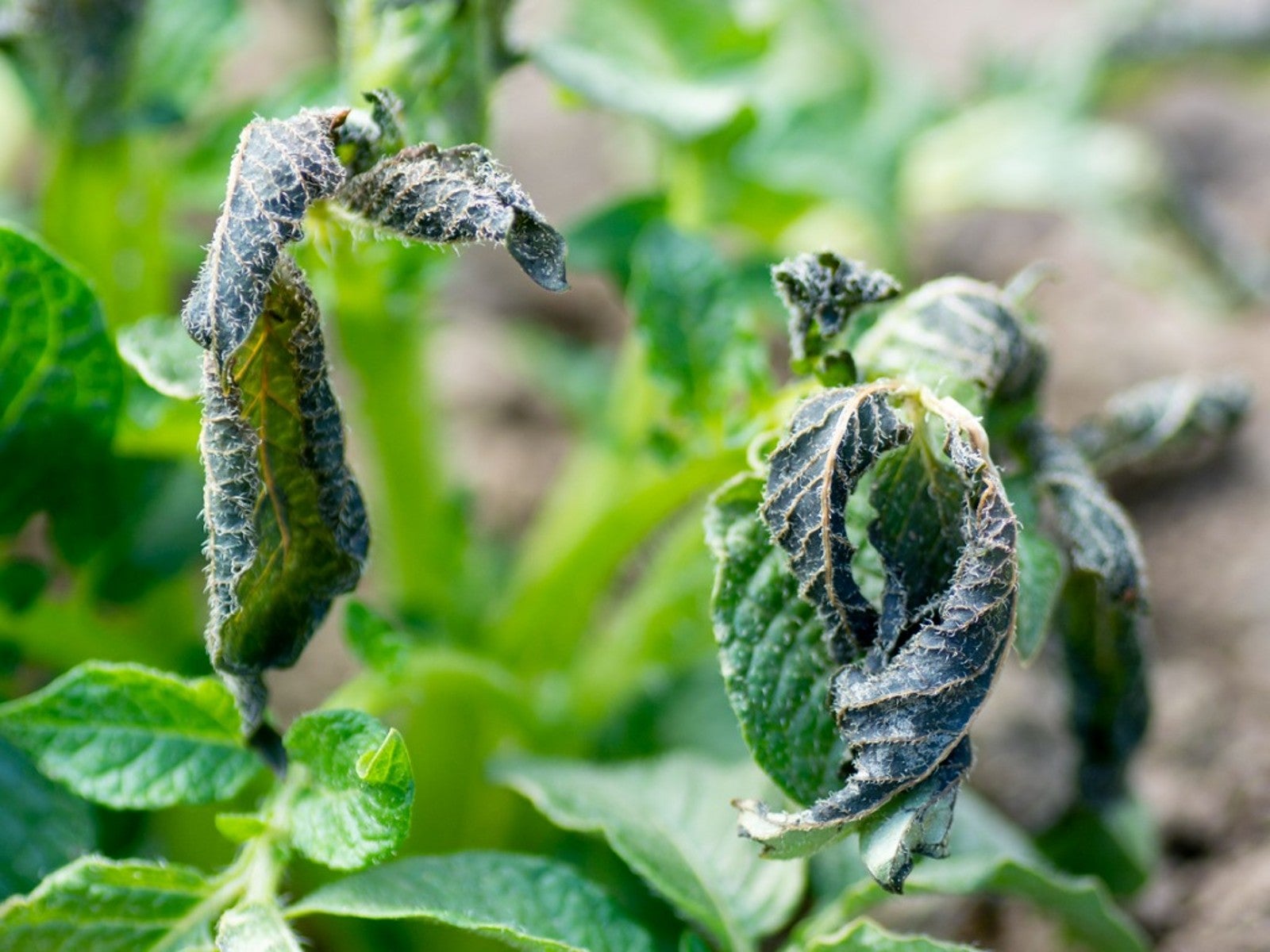Warning Signs Plants Are Too Cold... And When It’s Too Late


Signs of frost damage on plants vary a little by plant. They can also be different from cold or chilling to deep freeze damage. It’s important to know the symptoms of cold and frost damaged plants to protect and recover those affected.
How Cold is Too Cold for Plants?
The lowest temperature a plant can withstand without damage varies from one type to another. Gardeners and horticulturists describe a plant’s ability to tolerate lower temperatures as cold hardiness. Most hardy plants go dormant during the winter and come back in spring. Exceptions include evergreens, which keep growing.
In North America, the U.S. Department of Agriculture (USDA) zones describe cold hardiness by listing the regions in which a plant can grow outside year-round. There are eleven zones, with subzones, with the hardiest plants in zone 1 and tropical plants that won’t tolerate cold in zone 11.
The USDA zones list the average annual low temperatures for those regions. These are the temperatures plants hardy to a zone can withstand and survive. For instance, zone 6 plants can tolerate average lows around 0 to -10 degrees F. (-18 to -23 C.).
Within these listed zones, there is some variation and exceptions. You might be able to grow plants that are outside of your cold-hardiness zones in certain situations. For example, there are microclimates within zones that might be warmer. A tender plant might survive your garden in a sheltered location, with a winter cover, or with mulch to hold some heat in the soil. Of course, you can also overwinter tender plants indoors.
Signs of Cold Damage on Plants
If you grow plants that are borderline hardy in your zone, or if you have an unusual cold-snap, frost, or freeze, they could suffer damage. Know the signs of damage to identify plants needing protection or recovery efforts.
Plant frost damage that results from freezing or sub-freezing temperatures occurs because the water inside the plant tissue has frozen. The ice crystals puncture cells, causing them to leak fluids and ultimately killing cells, tissue, and entire plants. Chilling or cold damage causes less harm but can still kill a plant if not addressed.
Gardening tips, videos, info and more delivered right to your inbox!
Sign up for the Gardening Know How newsletter today and receive a free copy of our e-book "How to Grow Delicious Tomatoes".
The first symptoms of damage usually occur in the young leaves and new shoots. Some of the typical signs of cold or frost and freeze damage in plants include:
- A water-soaked appearance
- Wilted leaves and shoots
- Leaf curling
- Browning or blackening of leaves
- Splitting at the base of the stem
In trees and woody shrubs, cold damage can cause more extensive harm. Bark splitting occurs when the base of the plant splits in response to sudden drops in temperature. This type of damage often occurs after unseasonably warm late winter or early spring weather followed by a hard frost.
A long, deep crack might occur in a tree trunk during a frost or freeze. Younger trees with smooth bark are most likely to suffer this kind of damage. Cracking occurs when sunlight and warmer day temperatures cause tissue in the trunk to expand. When the temperature drops too far at night, the contraction of the trunk can cause it to split or crack.
Even hardy evergreens can suffer cold damage. It often takes the form of desiccation. When the ground freezes to the extent that the roots can’t take up water, the needles might dry out. Signs of winter desiccation in evergreens include needles or leaves that appear browned or burned.
Prevention is best when it comes to cold and frost damage. Grow plants hardy to your zone, and if you have tender plants, protect them from the coldest weather. If you do discover some cold damage, it might not be too late. Remove damaged leaves or branches in spring when you can determine the full extent of the harm done. You may see new growth later.

Mary Ellen Ellis has been gardening for over 20 years. With degrees in Chemistry and Biology, Mary Ellen's specialties are flowers, native plants, and herbs.
-
 8 Perfect Flowers To Plant With Tomatoes To Boost Yields & Banish Pests
8 Perfect Flowers To Plant With Tomatoes To Boost Yields & Banish PestsDon’t forget flowers when choosing companion plants for your tomato beds or pots. These pretty, fragrant blooms add beauty but are also highly beneficial.
By Mary Ellen Ellis
-
 Want The Longest Lasting Hydrangea Flowers? Grow These 8 Panicle Hydrangea Varieties
Want The Longest Lasting Hydrangea Flowers? Grow These 8 Panicle Hydrangea VarietiesFor ornamental shrubs that deliver the longest flowering seasons with plush blooms and delicate hues, these panicle hydrangea varieties are essential in your yard
By Tonya Barnett